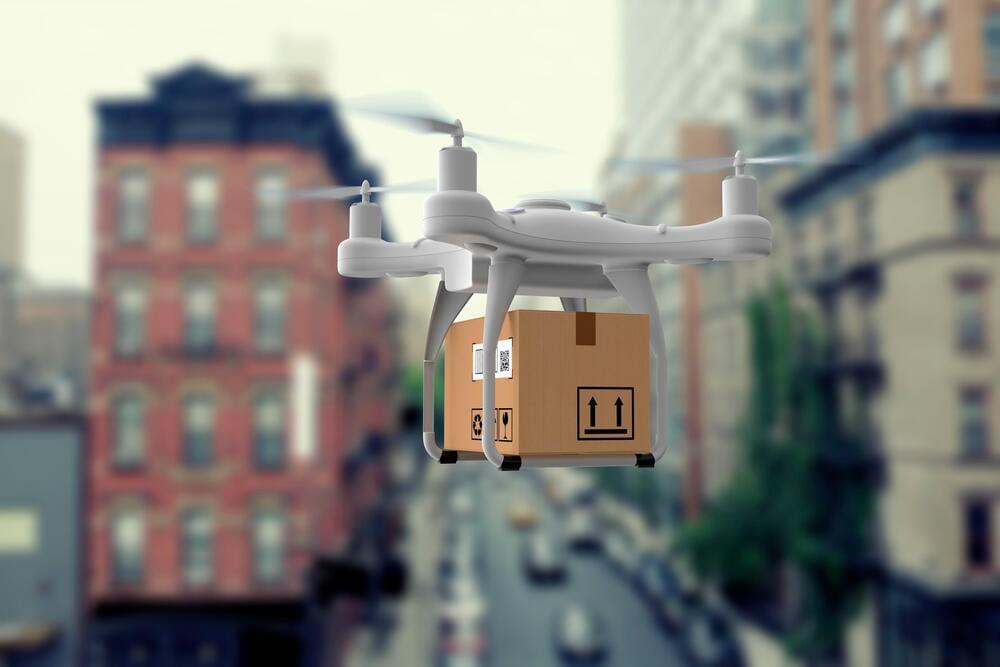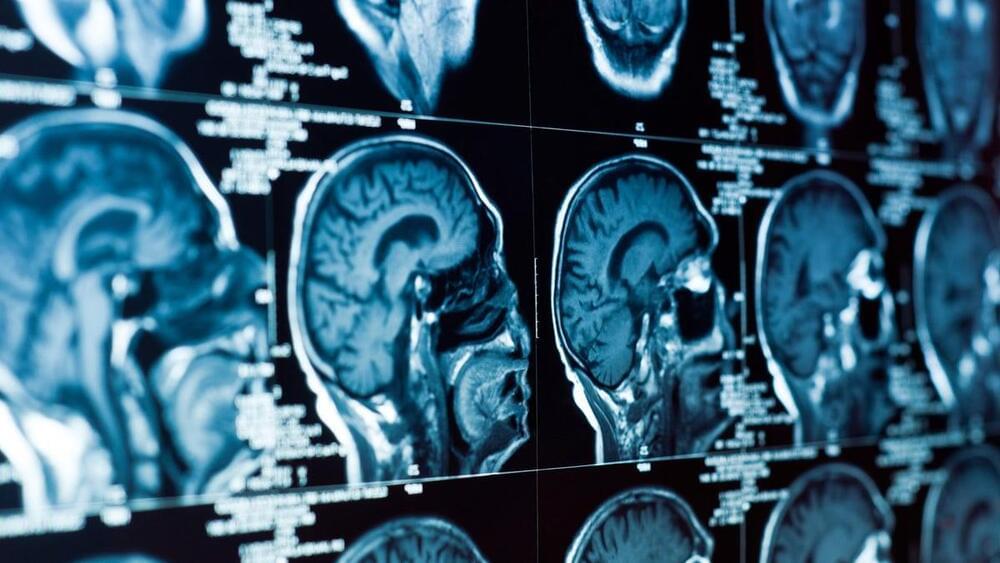
Get the latest international news and world events from around the world.

Columbia Engineering Roboticists Discover Alternative Physics
A new AI program observed physical phenomena and uncovered relevant variables—a necessary precursor to any physics theory.


Low-energy fluidic cells could shade and cool buildings dynamically
A large percentage of a building’s energy usage is consumed by heating and cooling, but a new dynamic shading system designed by researchers at the University of Toronto could help. Inspired by the skin of krill, the system uses cells of blooming pigment that can block light on demand.
Krill are tiny marine organisms that are usually transparent, but have the ability to move pigments around in the cells beneath their skin, allowing them to turn darker to protect themselves from UV damage in bright sunlight. This, the UToronto team reasoned, would be a useful ability for windows and building facades to have.
The team’s krill-inspired prototype is made up of optofluidic cells that can switch between transparent and opaque on demand, using relatively little energy. Inside the cell is a 1-mm layer of mineral oil between two sheets of plastic. To make it turn darker, a small amount of water containing a pigment or dye can be injected into the cell through a connected tube, creating a “bloom” of the darker color.
A new type of soft robotic actuator that can be scaled down to just one centimeter
A team of researchers at Istituto Italiano di Tecnologia’s Bioinspired Soft Robotics Laboratory has developed a new pleat-based soft robotic actuator that can be used in a variety of sizes, down to just 1 centimeter. In their paper published in the journal Science Robotics, the group describes the technology behind their new actuator and how well it worked when they tested it under varied circumstances.
Engineers working on soft robotics projects have often found themselves constrained by standard pneumatic artificial muscle actuators, which tend to only work well at a given size due to the large number of complex parts. In this new effort, the researchers have added a new feature to such actuators that requires fewer parts, resulting in a smaller actuator.
Pneumatic artificial muscle actuators work by pumping air in and out of small balloon-like sacs, simulating muscle activity. Not only do they expand and contract, but they are also bendable because they are made using resins. When used in conjunction with other parts, such as hands, the artificial muscles allow for gripping and twisting. To reduce the number of complex parts, the researchers adjusted the sacs by added pleats. This reduces the size of the sacs as air is withdrawn without having to add other parts, making them useful in much smaller devices. The researchers also used a resin that was more flexible than those typically used in such work.



Amateur astronomers’ images of a rare double aurora may unlock its secrets
With breathtaking videos, citizen scientists have shown researchers a new pattern of auroras that may solve the mystery behind a strange red glow.